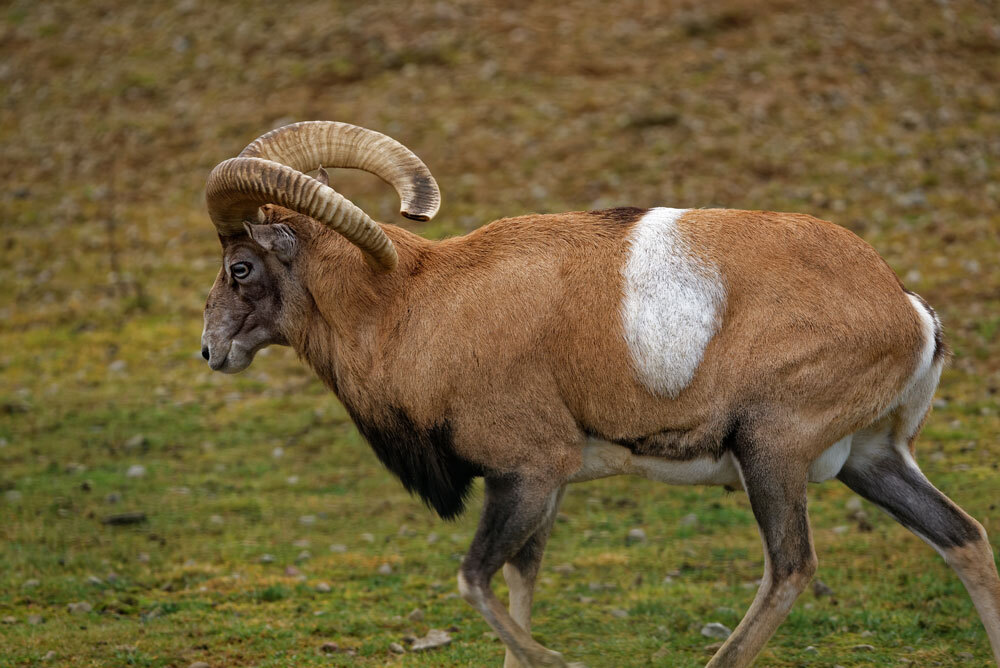The “red sheep” is a hybrid of Armenian mouflon and Iranian urial rather than a true species. It is distinguished by reddish‐brown hair and horns that spiral partway between mouflon curls and urial sweeps. Red sheep inhabit mountainous desert country in central Iran; records of them from Russia are scarce. Trophy hunters seek these unique hybrids for their distinctive horns and because very few permits are issued.

Most red sheep hunts occur in Iran’s high desert ranges at elevations of 2 500–3 000 meters. Because the animals occupy rugged canyons and open slopes, guides use 4×4 vehicles and horses to reach glassing points, then stalk on foot. Hunts are scheduled during winter and early spring when rams congregate and temperatures are cooler; typical expeditions last six to ten days with small groups of one or two hunters. There is no evidence of organized red‑sheep hunting in Russia, so destinations elsewhere should be verified.
As hybrids, red sheep are not formally assessed on the IUCN Red List and their management falls under national regulations in Iran. Outfitters operate under strict quotas and only a handful of permits are granted each year, making over‑harvest unlikely. Because hybrid populations occupy arid habitats used by livestock, conservation relies on partnerships with local herders and enforcement of anti‑poaching laws. Hunters contribute by paying substantial licence fees that support conservation and community development.
Red sheep’s intermediate horns—thicker than urial horns yet less massive than pure mouflon—make them a coveted trophy. Their rich chestnut coats contrast with snow‑capped mountains, creating stunning photographic opportunities. Hunters should be prepared for long shots across open valleys and may combine these hunts with sightseeing in ancient Persian cities.
Red Sheep can be found in the following location:
Red Sheep has the following variations:
- (Varieties to be confirmed)
Start Your Adventure



